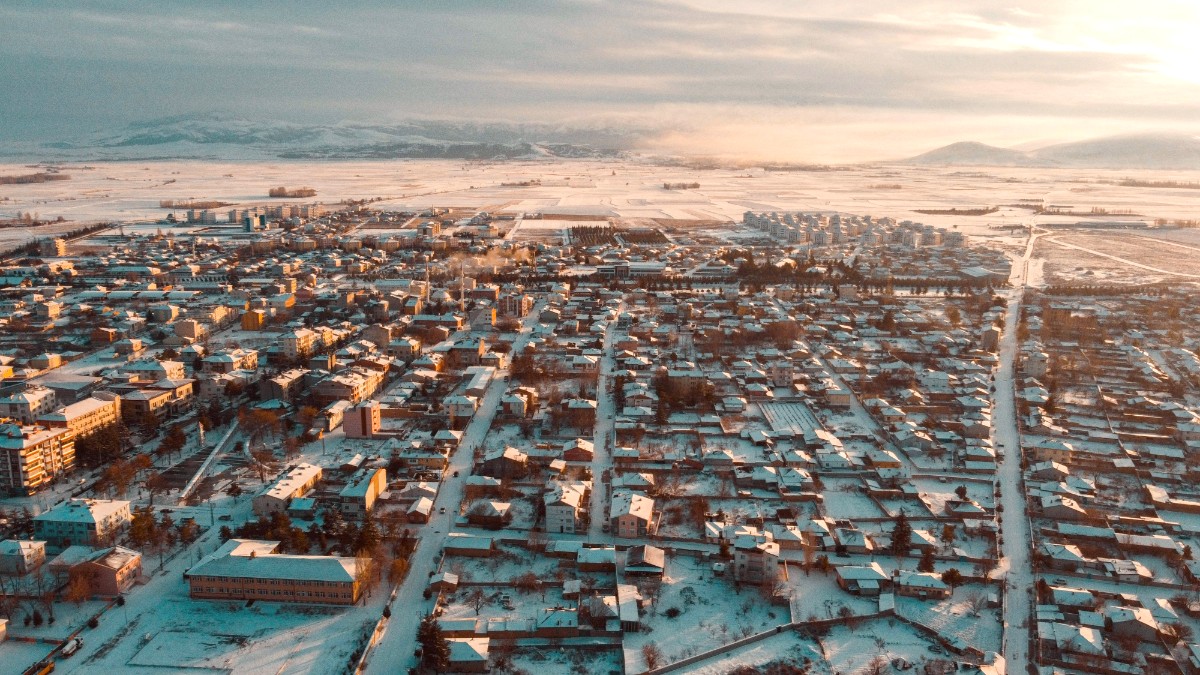
Mauritania
While experiencing Banc d'Arguin National Park typically calls for multi-day visits, a long day trip makes reaching the general vicinity of the park's southern entrance (around Cap Timiris or Iwik) possible. This offers a glimpse of the unique coastal desert landscape.
Actual park entry and bird-watching typically call for specific permits and local guides and usually span several days due to the park's vastness and remote nature. A day trip presents a sense of the scale and environment.
Beyond Nouakchott, several towns offer unique experiences for day explorations.
This town features a mining center, known for its copper mines. It presents a look into Mauritania's resource industry and the stark desert landscape around it.
This border town with Senegal serves mainly as a transit point. While not a tourist destination itself, it has bustling border trade and the Senegal River crossing by ferry.
The natural environment around Nouakchott displays unique desert and coastal landscapes.
A UNESCO World Heritage site and Mauritania's most significant natural attraction. It is famous for its immense populations of migratory birds and diverse marine life.
A true, immersive visit to the core of Banc d'Arguin usually takes a multi-day organized tour. This is due to its remote location and a need for specialized transportation.
For birdwatching, the European winter (October to April) is an ideal time. This season sees millions of migratory birds.
The vast, empty desert landscapes outside Nouakchott possess a stark beauty. Sunrises and sunsets over these endless horizons display especially scenic views.
Beyond Nouakchott Beach, the coastline provides more serene, untouched sandy stretches. These places are good for peaceful walks.
Mauritania's cultural and historical heritage stretches beyond the capital, calling for more extensive trips.
An ancient Almoravid capital displaying ruins, petroglyphs, and a historic palm grove. This site lies far from Nouakchott.
These UNESCO World Heritage cities in the Adrar region lie significantly northeast of Nouakchott. They stand out for ancient libraries and well-preserved traditional architecture.
Short trips to small villages outside Nouakchott find arrangement. These allow a view of local life, community interactions, and traditional farming methods.
Pilgrimage sites do not represent a common tourist activity. Mauritania holds various religious sites significant to local communities, but they do not typically serve as pilgrimage destinations for international tourists.
Consider extending your trip to explore more of Mauritania or connecting to neighboring countries.
Mauritania's second-largest city and economic hub, located on the northern coast. It has a large port and an active fishing industry.
The Adrar Plateau, centered around Atar, features stunning desert landscapes, ancient oasis towns (Chinguetti, Ouadane), and dramatic rock formations.
Direct flights from Nouakchott connect to Dakar (Senegal) and Casablanca (Morocco). Las Palmas (Canary Islands) also offers connections.